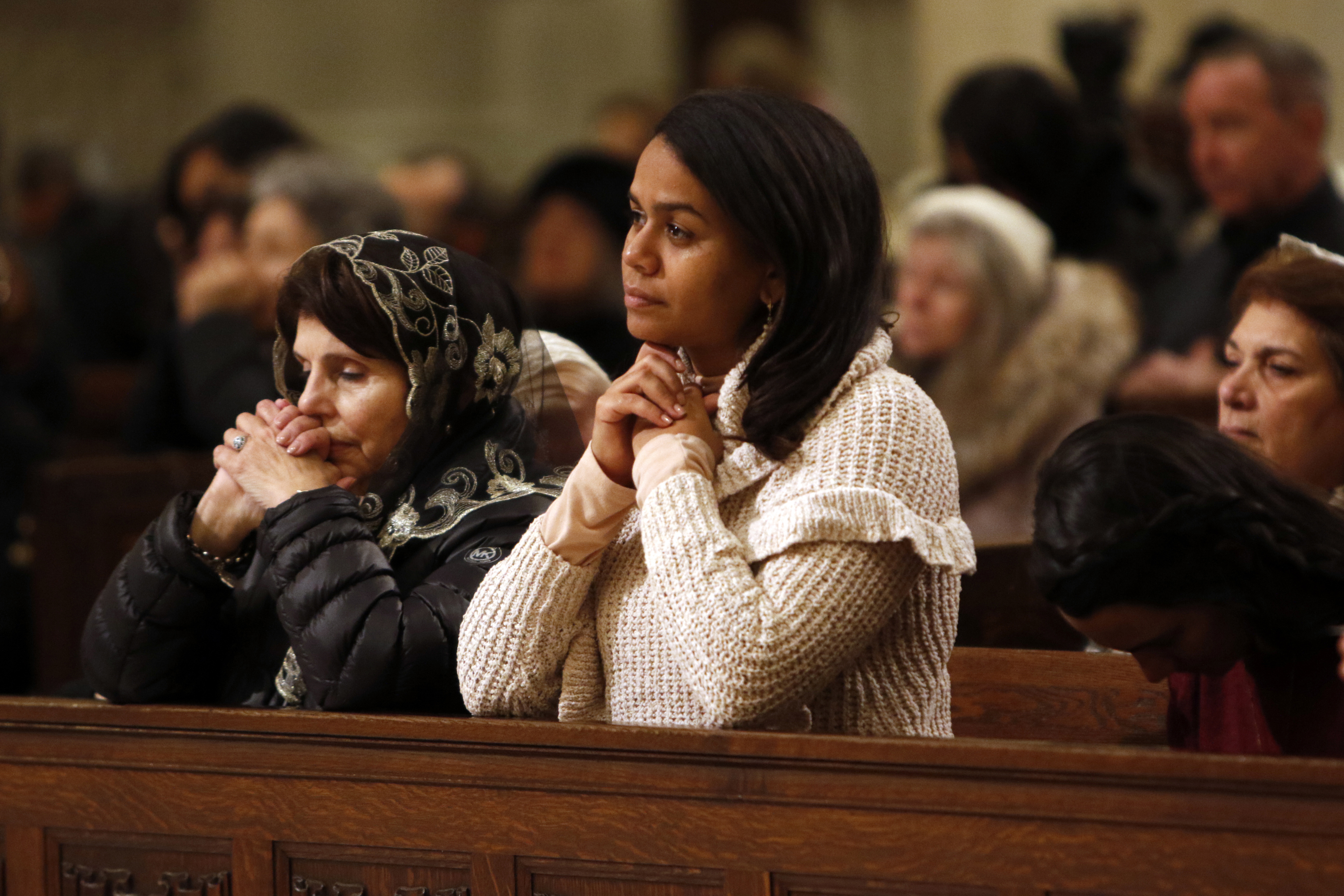In what Gov. Andrew Cuomo calls a "historic victory for New Yorkers," New York has passed what may be the nation's most extreme and irresponsible abortion law.
Andrea Miller, president of the National Institute for Reproductive Health that favored the law, calls it a "blueprint for change" to be replicated in other states. In a Jan. 23 Washington Post column, she says such laws will create "oases," to prepare for possible future Supreme Court decisions allowing more states to be "abortion deserts."
We should understand what this oasis looks like. The new law declares that women have a "fundamental right to access safe, legal abortion," calling abortion itself "a fundamental component of a woman's health, privacy and equality." Women who don't have abortions seem to be second-class citizens.
It expands legal abortions from 24 weeks of pregnancy up to birth, for reasons of "health" (which in the abortion context means emotional and social "well-being," a recipe for abortion on demand). It allows "health care practitioners" other than physicians to perform them.
It also repeals 10 provisions of New York law. Among them: A provision specifying that abortion is legal only with the woman's consent; a law allowing a manslaughter charge against an abortionist who causes the woman's death during an abortion; a law discouraging self-induced (which Miller calls "self-managed") abortions; a law requiring care for a child born alive during an attempted late-term abortion; a law against providing someone else with a drug or other instrument for the purpose of "unlawfully procuring the miscarriage of a female."
"Abortion rights" groups hailed the Supreme Court's Roe v. Wade decision as protecting women's health and freedom, ensuring that every child born is a wanted child, and putting an end to "back alley" and "coat hanger" abortions. Now these groups would endanger women and born children, allow "back alley" and "coat hanger" abortions, and let callow men obtain abortion drugs to slip into their girlfriends' drinks.
To enhance this irony, Governor Cuomo pressured the legislature to pass this law by saying he would not sign the state budget unless this were included. So now we have two top executives, of opposing parties, willing to shut down the government unless legislators help them build a wall against the unwanted. In New York the wall is birth, and you may take aim against the unwanted as they approach or even manage to scale the wall.
Miller says this trend will sweep the country. I wonder. She complains that since Roe was decided in 1973, "states have passed more than 1,000 laws against abortion access" – and that trend continues. This past year, for example, voters in Alabama and West Virginia approved amendments declaring that their state constitution contains no "right" to abortion, allowing legislators to protect the unborn to the extent allowed by the federal Constitution.
The drive for unlimited "access" to abortion also fails the test of public opinion.
Gallup's May 2018 abortion poll showed only 45 percent of Americans wanting abortion to be legal "for any reason" in the first three months of pregnancy, and only 20 percent in the last three months.
A January 2019 Marist College poll shows 15 percent support for abortion being available "at any time during pregnancy," rising to only 25 percent among those identifying as "pro-choice." The federal bill that a majority of the U.S. Senate recently voted for, banning most abortions after 20 weeks, wins Americans' support in the Marist poll and others.
The New York law is less a blueprint than an object lesson. The "abortion rights" movement now insists that abortion itself has more fundamental rights than women and children do. Let the buyer beware.
(Doerflinger worked for 36 years in the Secretariat of Pro-Life Activities of the U.S. Conference of Catholic Bishops. He writes from Washington state.)












